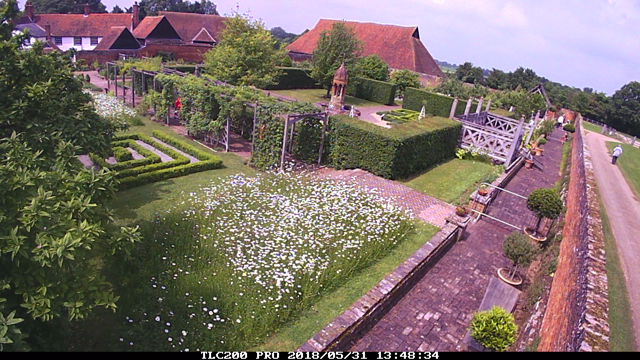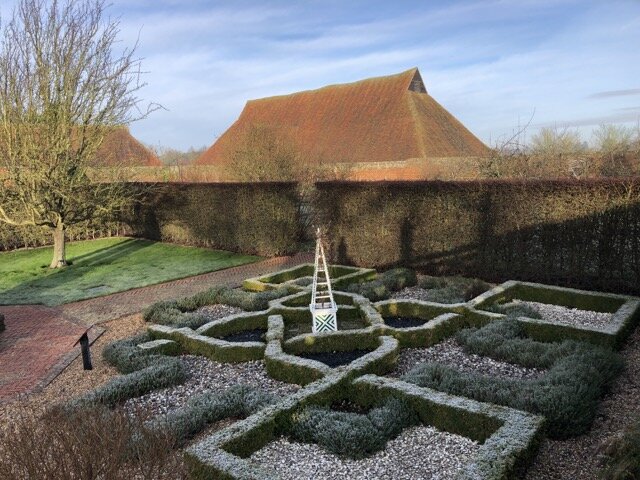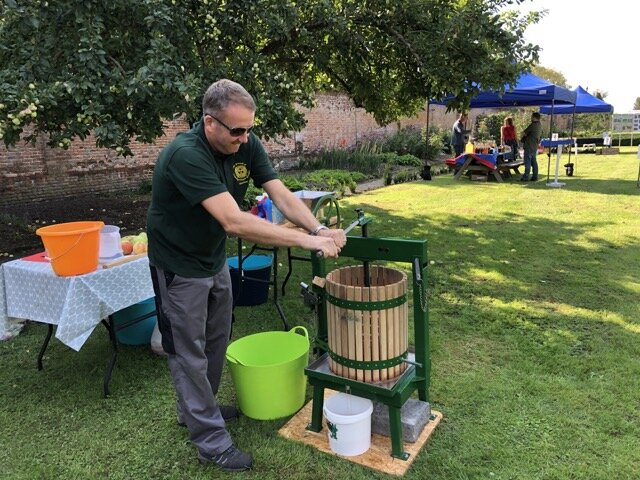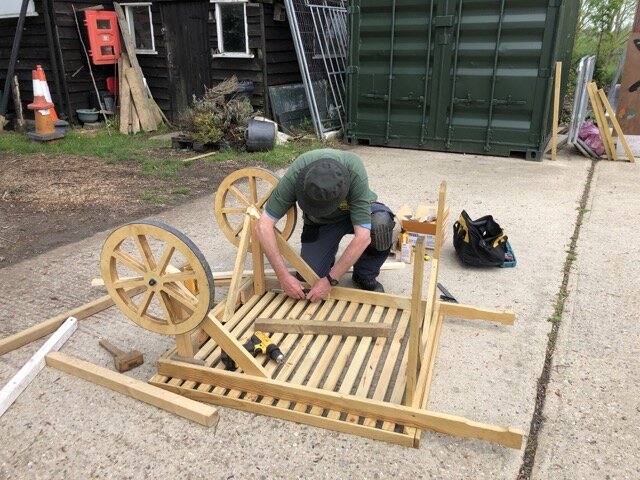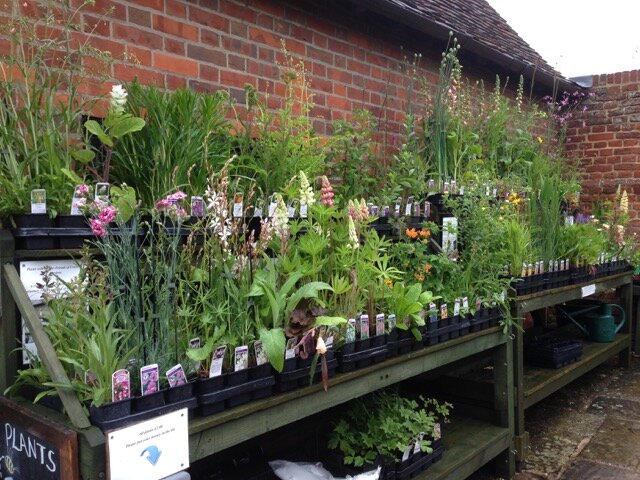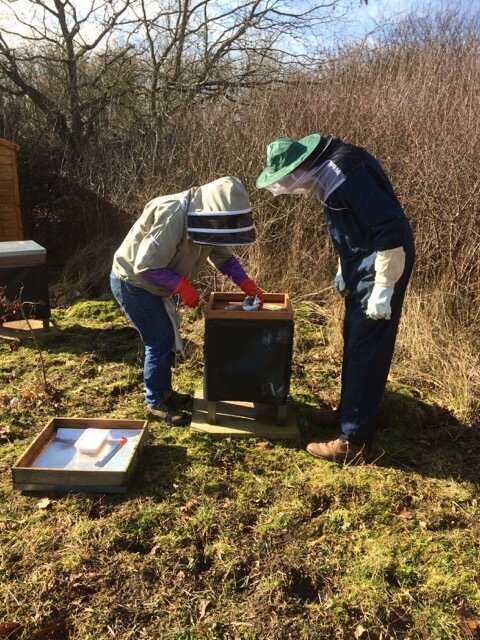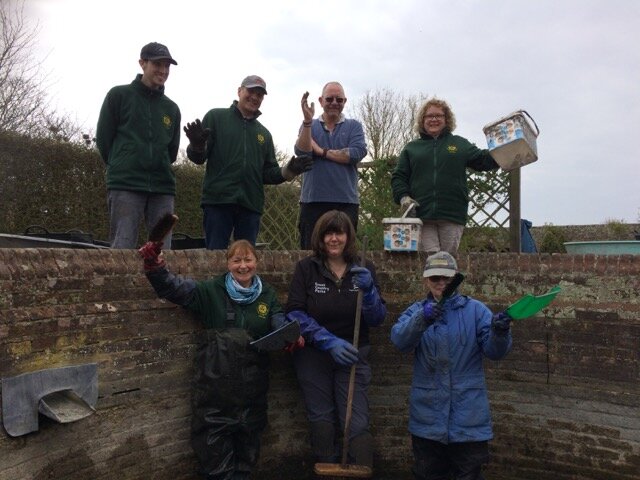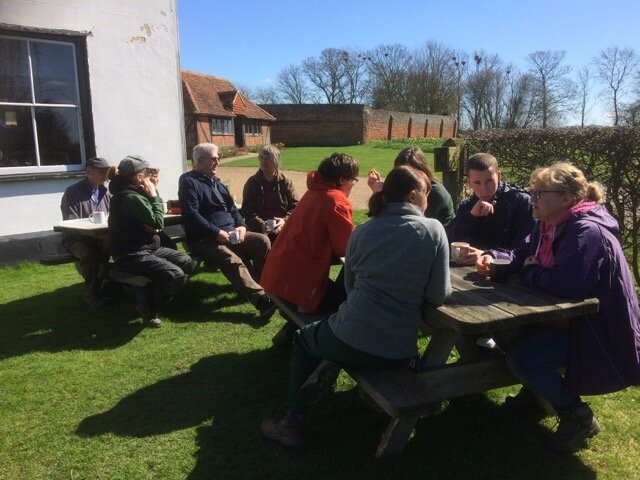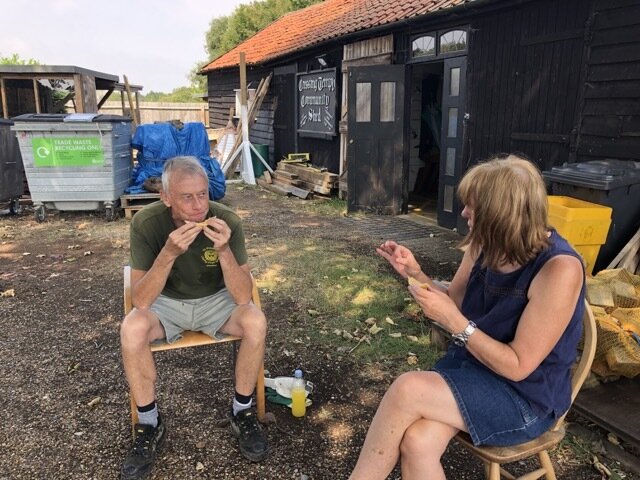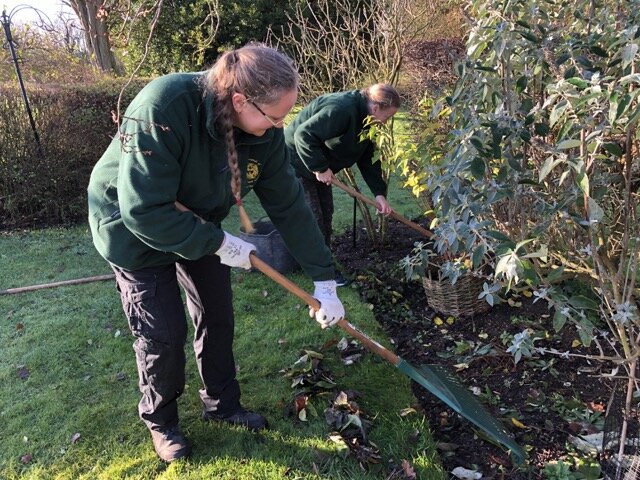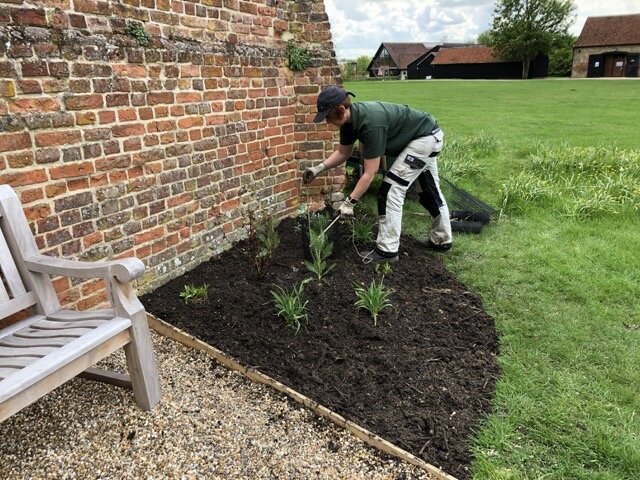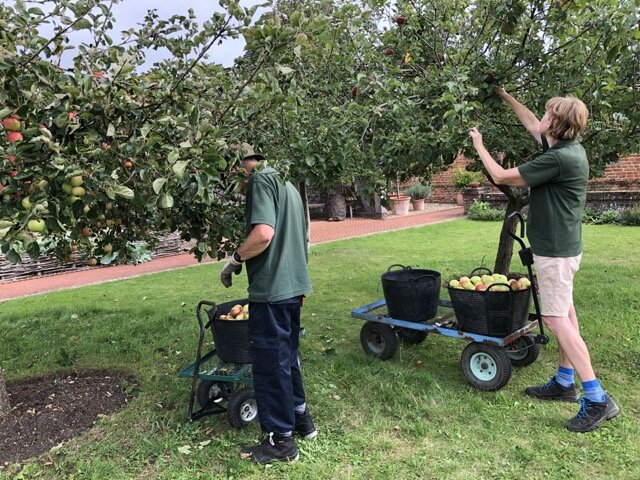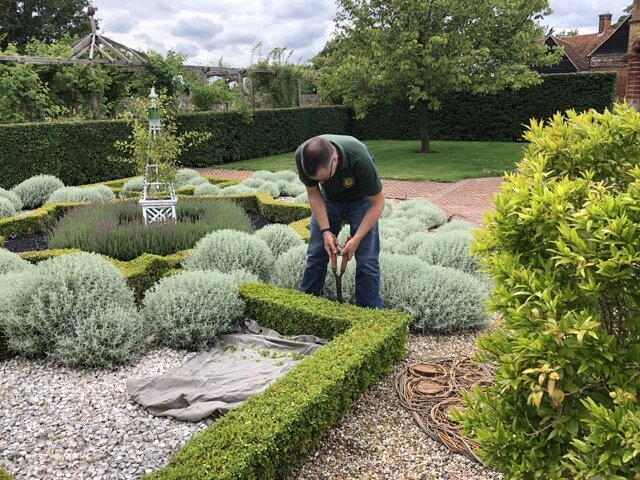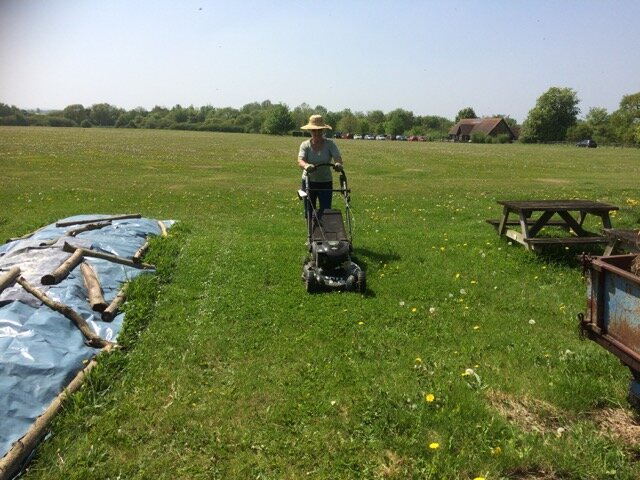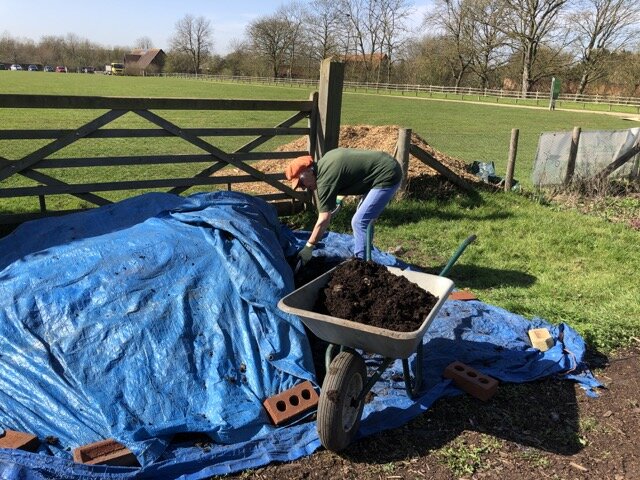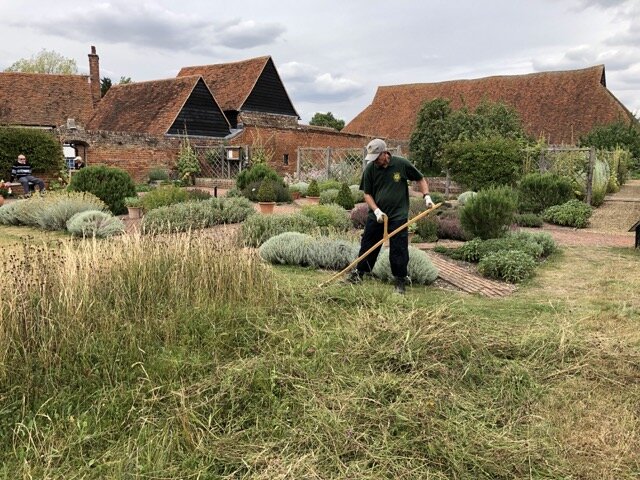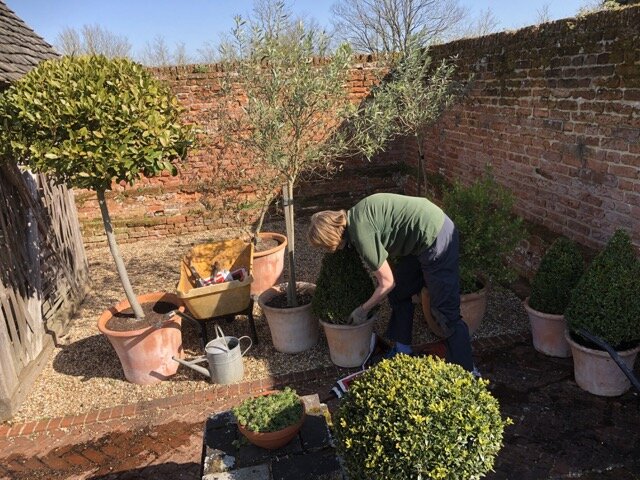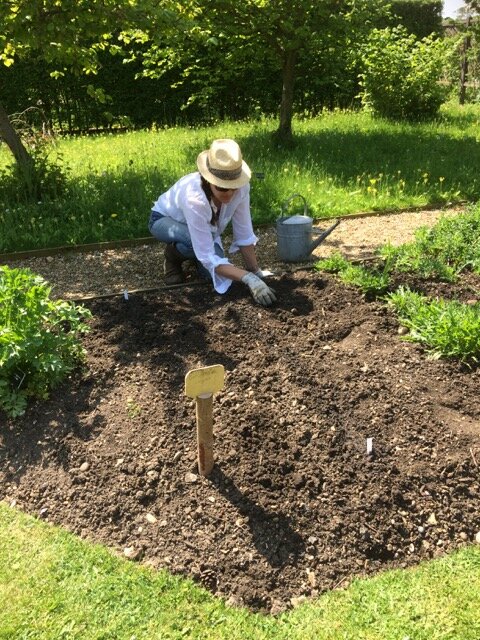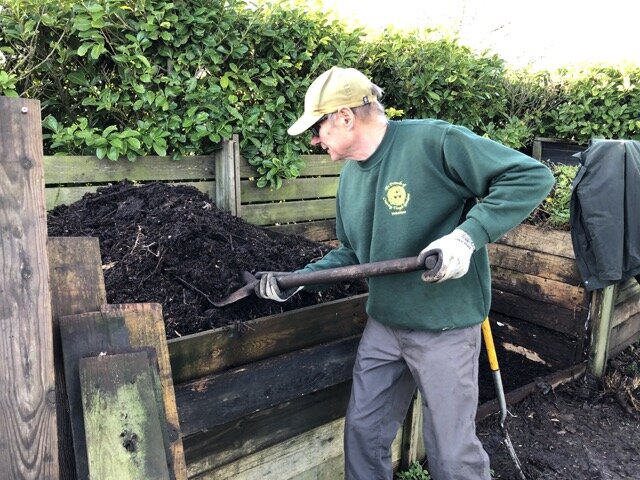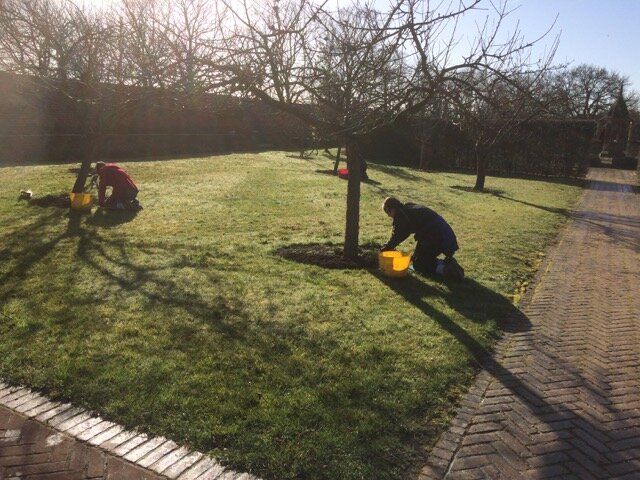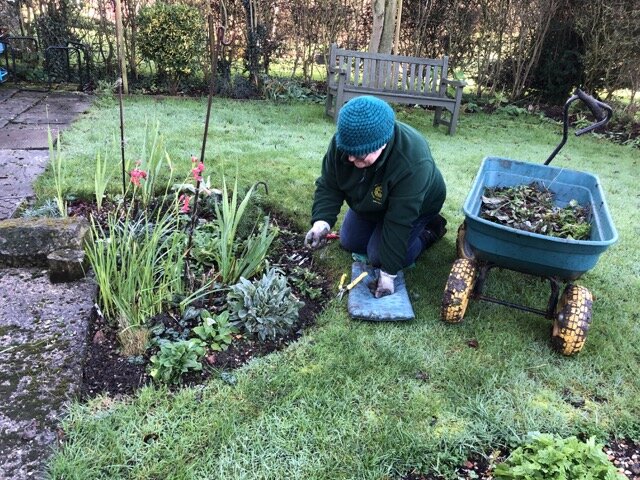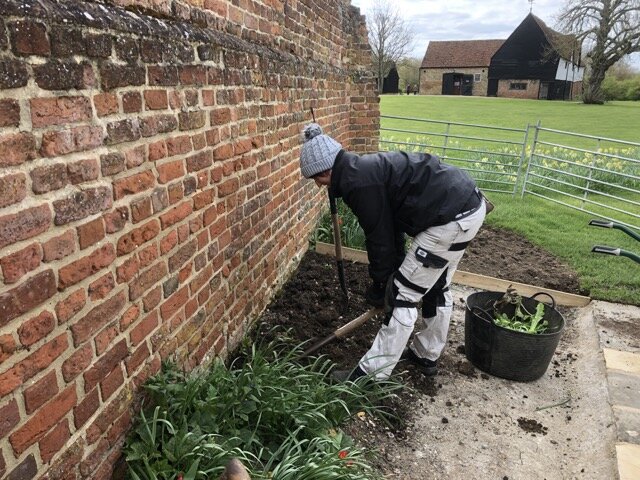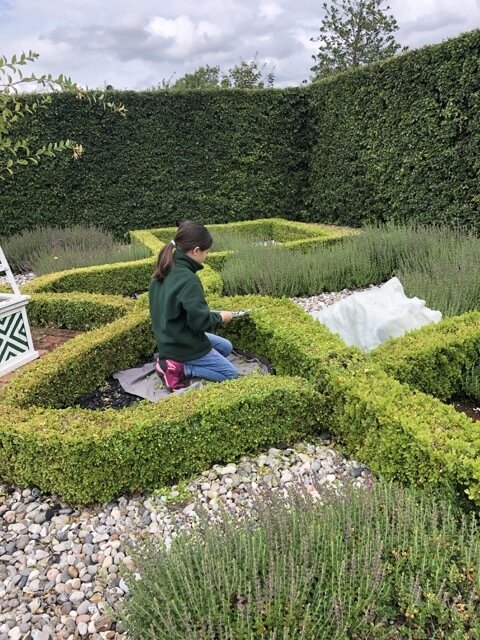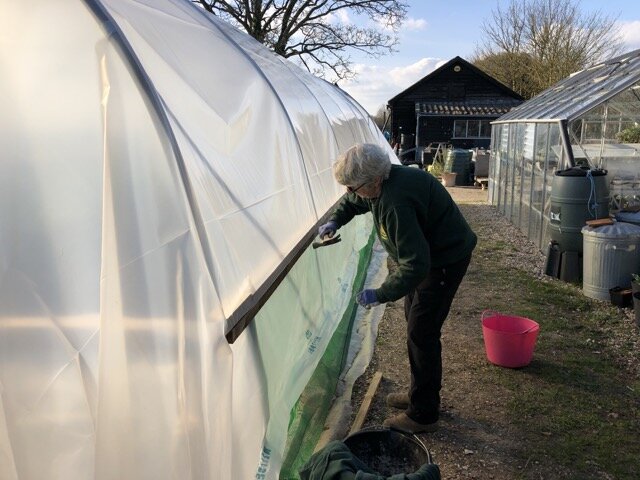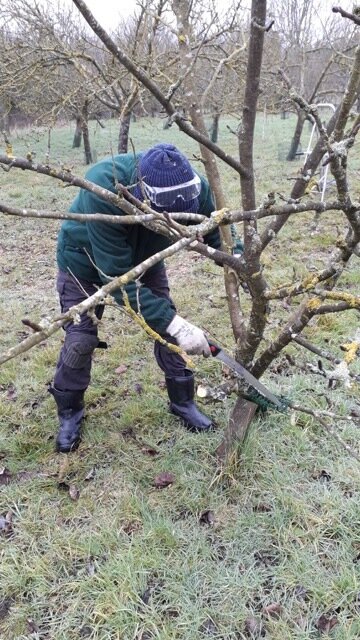Warley Place “AT RISK”
/Ellen Willmott (1875-1934) created an outstanding plants-woman’s garden at Warley Place, Brentwood and since her death this garden has substantially deteriorated and its future existence has been at risk. In November 2021, Historic England recognised and acted on the vulnerability of this Grade II registered park and garden by placing it on their Heritage at Risk Register with “numerous ruinous structures surviving from Willmott's garden needing urgent repairs to save them being lost”.
Trees and bulbs are great garden survivors and these have evolved to create a stunning daffodil display at Warley Place in March and early April.
After Ellen Willmott died in 1934, the garden was plundered of almost anything moveable. In 1937 it was bought by the Carter family, a local building firm, but with the arrival of Green Belt, development was not allowed. It was not until forty years later that Norman Carter, the son of the first purchaser gave Essex Naturalists Trust (now Essex Wildlife Trust) a 7 year lease to manage the garden as a nature reserve.
Warley Place has continued to be owned by the Carter family and leased to the EWT. Their management has ensured the survival of many aspects of this garden so far. The team of EWT volunteers has worked with the genius of the place, caring for the site as a whole. In addition a research team of EGT and EWT volunteers met once a month, primarily to identify the plants there. This holistic approach has created a tranquil nature reserve within earshot of the M25 where visitors can become entranced by glimpses of a past garden. Volunteers have splendidly cared for the brickwork, removed many damaging sycamores, contained bamboo, almost eliminated Japanese knotweed, propagated vulnerable plants and made Warley Place a reserve where nature and garden history have survived in harmony. This is a place which recent generations have come to love and value.
However, many sycamores and evergreen oaks continue to grow, shading plants and ponds and brickwork continues to crumble. A comprehensive 2021 parkland management plan by historical and ecological specialists included a detailed historic features condition survey which recognised and listed the deterioration over the last hundred years of the brickwork features. All this information has informed a Countryside Stewardship grant application for the site which should give access to considerable funds.
This placing on the Heritage at Risk Register should actually be good news for the site and will open opportunities for much needed funding support. Currently some of the ruinous structures are cordoned-off for health and safety reasons and we ask visitors to keep to the path.
Warley Place continues to be fully open to the public to come and enjoy the site’s unique historic garden and associated wildlife features.


